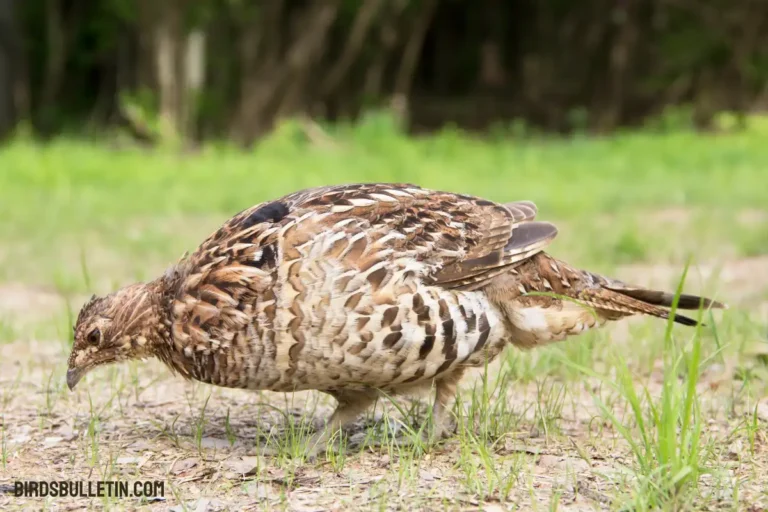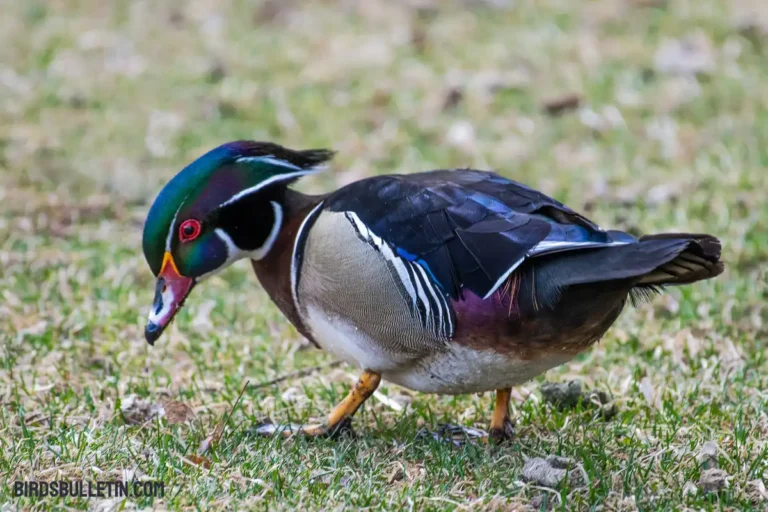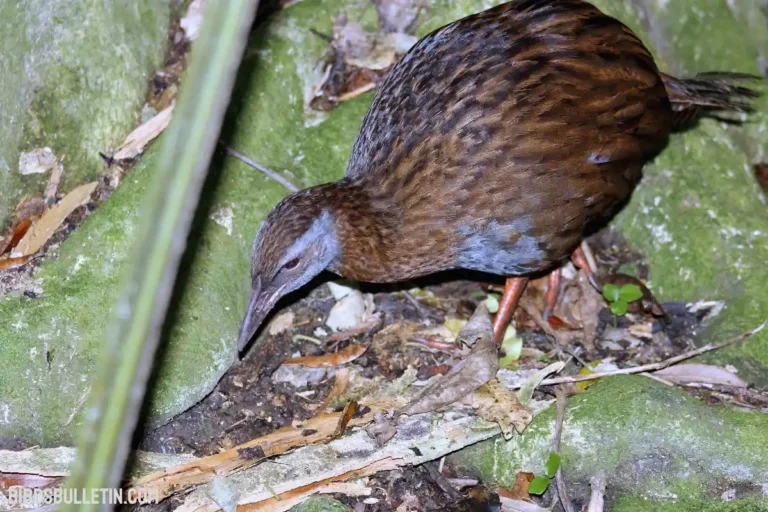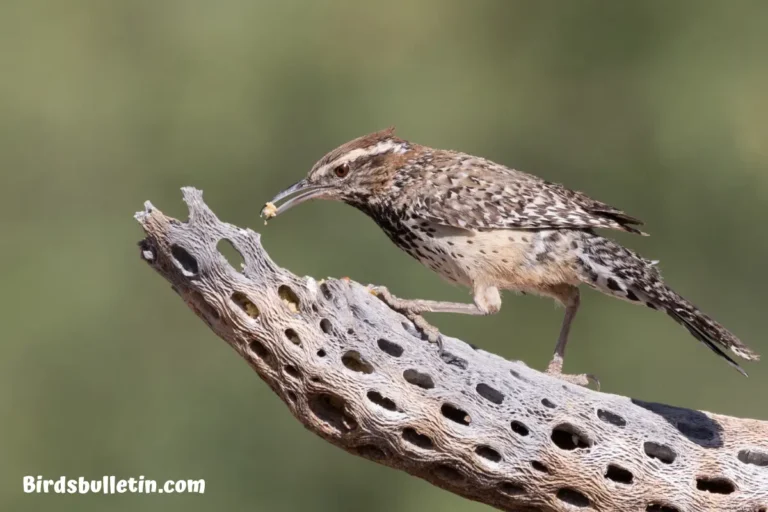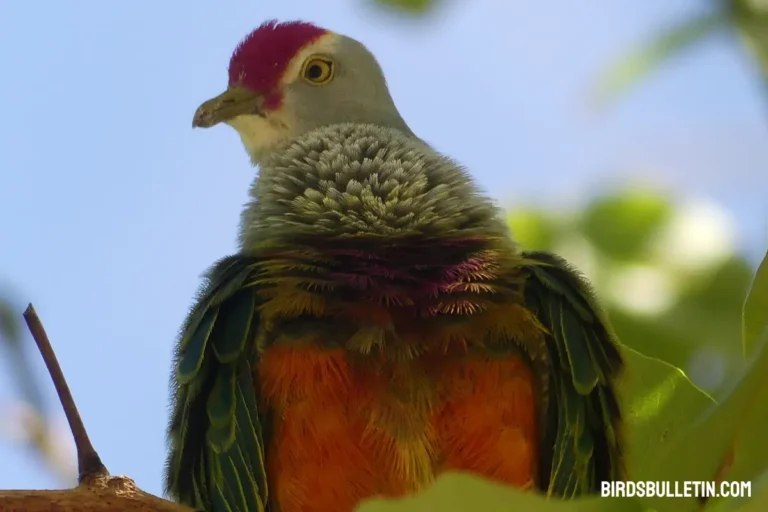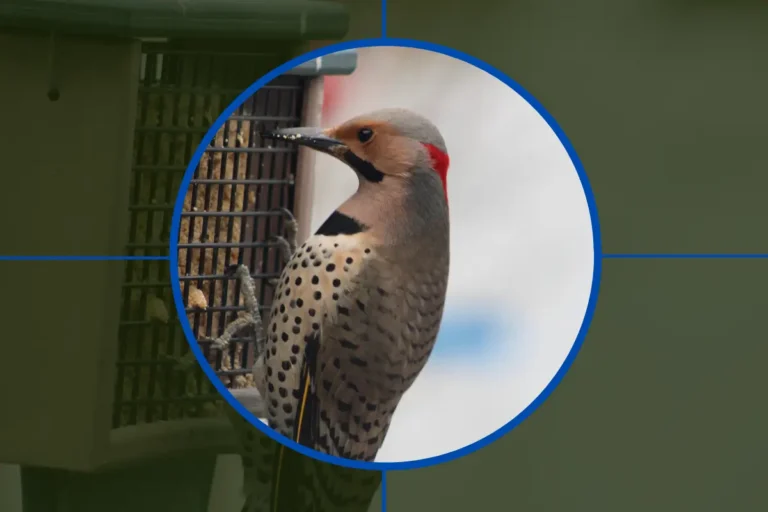What Does Baltimore Orioles Eat?
Baltimore orioles are a common sight in parks, yards, and woodlands during spring and summer. Orioles are omnivorous, feeding on a wide variety of foods. Their diverse diet allows them to adapt to different habitats and changing food availability throughout the seasons.
This article explores the favorite foods of Baltimore orioles, how they gather food, what they eat in winter, and what their babies eat.
Want to learn more about birds’ food and diet
Favorite Foods
Eating a nutritious diet is important for Baltimore orioles to maintain their energy levels for singing, flying, and raising young. Orioles have adapted beaks that allow them to consume many types of foods. Their favorite foods include:
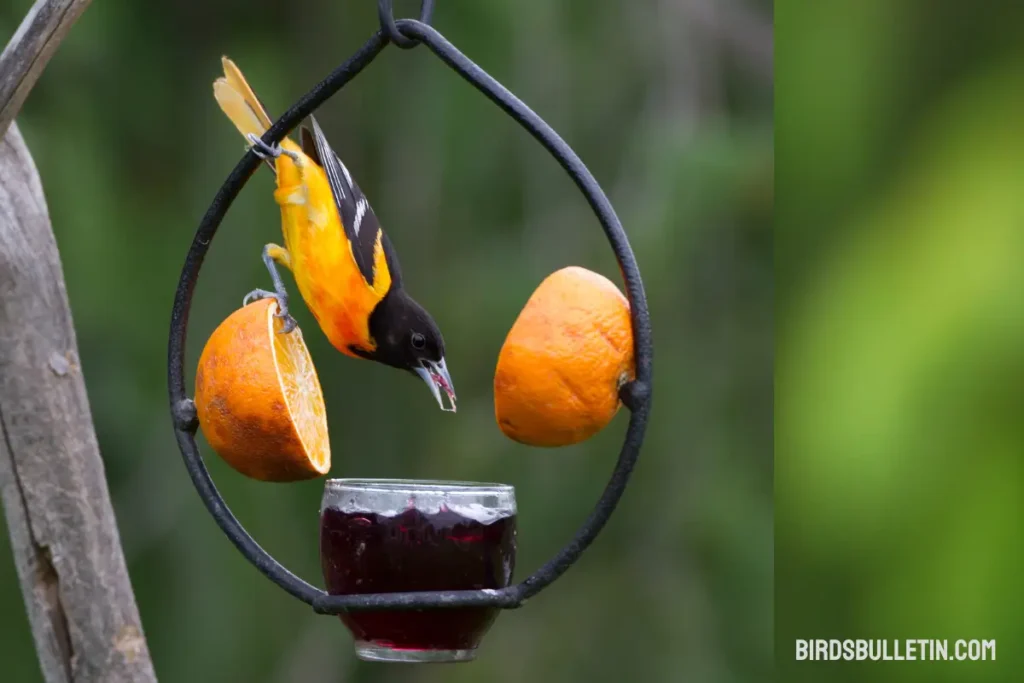
Fruit – Orioles love eating berries and other soft fruits such as mulberries, raspberries, blackberries, and cherries. Fruit provides natural sugars that give orioles quick energy.
Nectar – Orioles drink nectar from flowers such as trumpet vines, fuchsias, and lilies. The nectar provides carbohydrates and some vitamins and minerals.
Insects – Caterpillars, beetles, crickets, grasshoppers, and other insects are a key source of protein for orioles.
Spiders – Orioles supplement their diet with protein-rich spiders and insect eggs.
Sap – Baltimore orioles drink the sap of trees by pecking into holes made by sapsuckers. The sap provides sugars.
Suet – Many people offer suet feeders to attract orioles. The fat provides energy and nutrients.
Baltimore Orioles’ Foods and Nutrients in a Table
| Food | Key Nutrients Provided |
|---|---|
| Fruit | Sugars for energy |
| Nectar | Carbs, vitamins, minerals |
| Insects | Protein for growth |
| Spiders | Protein |
| Sap | Sugars |
| Suet | Fat for energy |
How do Orioles Gather Food?
Baltimore Orioles are primarily insectivores, and they gather food using a combination of foraging techniques. Here’s how they gather their food:
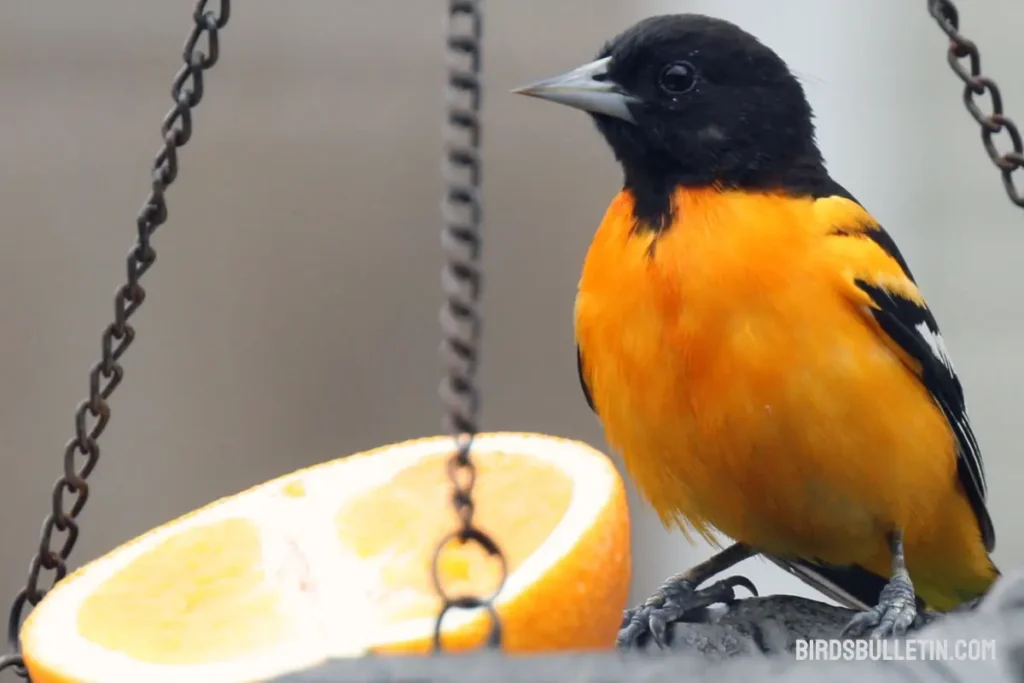
01. Foraging in Foliage
Orioles search for insects, spiders, and caterpillars among the foliage of trees and shrubs. Their keen eyesight helps them spot potential prey as they move through the branches.
02. Acrobatic Feeding
Baltimore Orioles are known for their acrobatic feeding behaviors. They often hang upside down from branches to reach the undersides of leaves where insects may be hiding.
03. Probing Flowers for Nectar
While primarily insectivores, Orioles also consume nectar. They use their specialized brush-tipped tongues to probe into flowers, extracting nectar from blooms.
04. Fruit Feeding
Orioles have a sweet tooth for fruit. They feed on ripe fruit, including berries and other soft fruits. This dietary variety helps supplement their energy needs, especially during migration and breeding seasons.
05. Sugar Water from Feeders
In areas where Orioles coexist with humans, they are attracted to sugar water feeders. Orioles readily visit feeders filled with a solution of sugar water, providing them with a quick and easily accessible energy source.
06. Seed Consumption
While not a primary food source, Baltimore Orioles may occasionally consume seeds. However, their diet is more heavily centered around insects, nectar, and fruit.
07. Observation and Adaptation
Baltimore Orioles are intelligent birds that keenly observe their surroundings. They adapt their foraging techniques based on the availability of different food sources, demonstrating a high degree of flexibility in their feeding behaviors.
Winter Diet
In their winter range in Central America and northern South America, Baltimore orioles must switch to locally available foods. Their diet consists mainly of fruits and nectar, as insects are less abundant in winter. Key winter foods include:
- Bananas – Bananas and banana-like fruits offer needed carbohydrates.
- Mango – These juicy, sweet fruits provide ample sugars.
- Hibiscus – Orioles sip nutrient-rich nectar from tropical flowers.
- Palm fruits – Palm trees produce hanging fruits that orioles enjoy.
- Citrus – Oranges, mandarins, and other citrus fruits are consumed when available.
Baby Oriole Diet
Baby Baltimore orioles have high nutritional needs to fuel their rapid growth and development.
Adult orioles work tirelessly to find soft, nutritious foods to feed their young. The nestling diet consists primarily of:
- Caterpillars – Plump, juicy caterpillars offer protein and moisture for baby birds.
- Berries – Adult orioles mash ripe berries into a pulp to feed nestlings.
- Insects – Beetles, crickets, flies, and other soft insects are fed to young.
- Spiders – Protein-rich spiders are snatched from webs and brought to babies.
- Fruit – Fleshy fruits are mashed and fed to rapidly growing chicks.
- Nectar – Adults supplement feedings with nectar for energy.
As nestlings grow, they are fed increasing amounts of adult foods to prepare them for fledging from the nest. Fledglings follow their parents, learning to forage on their own.
Frequently Ask Questions
01. Do Baltimore orioles visit bird feeders?
Yes, Baltimore orioles will visit feeders stocked with foods they like. They are especially attracted to orange fruit slices, orange halves, grape jelly, nectar feeders, mealworms, and suet feeders.
02. What is the best food to offer Baltimore orioles?
Orioles enjoy many types of foods, but orange fruit halves or oranges skewered on branches seem to be their favorites at feeders. Grape jelly is also highly attractive to them.
03. How else can I attract Baltimore orioles to my yard?
Planting native nectar-producing flowers and fruiting trees and shrubs will help attract orioles. Providing a source of fresh water like a fountain or bird bath is also appreciated.
Wrapping Up
With their sharp beaks and excellent eyesight, Baltimore orioles have adapted to catch a diverse range of foods from nectar to spiders. Fruit, nectar, and insects are dietary staples during spring and summer in their breeding range.
While wintering further south, they adjust their diet to more available fruits and nectar. Care should be taken to provide appropriate foods when trying to attract these beautiful songbirds to backyards. Their appetites support energetic flight, songs, and raising chicks.
References
- Cornell Lab of Ornithology. “Baltimore Oriole.” All About Birds. https://www.allaboutbirds.org/guide/Baltimore_Oriole/overview
- Rising, J. D., & Flood, N. J. (2020). Baltimore Oriole (Icterus galbula), version 1.0. In Birds of the World (S. M. Billerman, Editor). Cornell Lab of Ornithology. https://doi.org/10.2173/bow.balori.01
- Sibley, D. A. (2014). The Sibley Guide to Birds (Second edition.). National Audubon Society.


